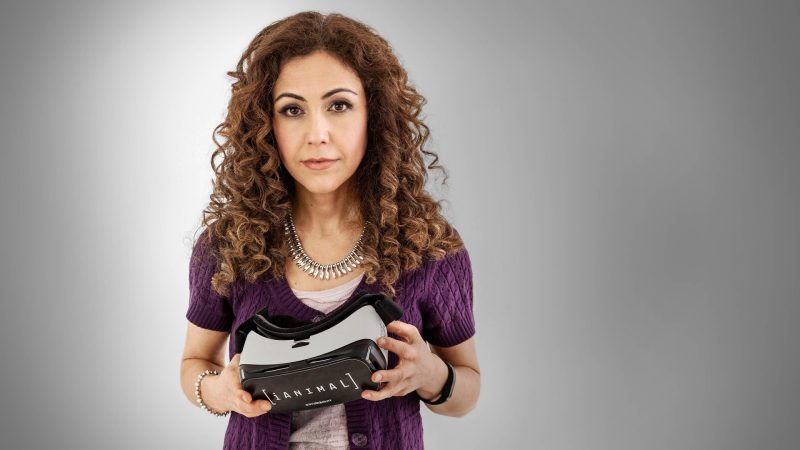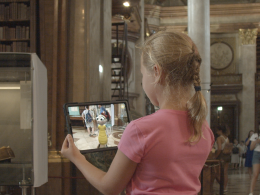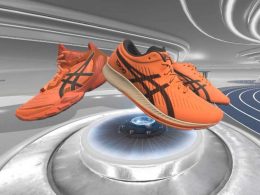The day before yesterday we reported on the VR project at Stanford University. reportswhich is intended to encourage consumers to behave in a more environmentally conscious way. It is not the only project with these intentions.
British wildlife filmmaker David Attenborough has also created a VR experience in collaboration with BBC with corals. Together with him, we dive down in a kind of submarine to a tour of the Great Barrier Reef in Australia. The documentary is a reminder that the bleaching of corals due to environmental pollution is a serious threat to one of the greatest natural wonders of the earth.
In a similar way, the filmmaker filmed Michael Owen a VR film of Russia's Lake Baikalwhich is a UNESCO World Heritage Site and is endangered as a source of fresh water. "The viewer can form an almost physical connection with the place and the people they are seeing, and develop a lot of empathy as a result," says Owen. "This makes VR a powerful tool to engage the audience and shape their opinions."
Augmented reality also raises environmental awareness
AR can also be used to raise awareness about environmental issues - as was done by the Dutch team that developed a concept called Doom Prepper Sailors. Remote-controlled boats are equipped with AR technology to create a game. Its goal: to remove plastic waste from rivers and canals and in the process create long-term awareness of water pollution.
More and more application possibilities
Virtual reality also helps protect the environment indirectly. Architects are increasingly using the technology to design their buildings to be as energy-efficient as possible. This allows them to weigh up how they can best use natural light, for example, in order to limit the use of artificial light sources as much as possible.
VR is also used for the welfare of animals. These include applications such as iAnimalwhich shows in a shocking way, in collaboration with well-known promoters, how factory farming works. If this makes us think more about the meat we eat, the result can only be positive for the planet. According to the Worldwatch Institute, animal agriculture is responsible for half of the greenhouse gases emitted worldwide.
In the short harrowing clip presented by Thomas D, singer of the well-known band Fanta 4, you can see an example of this.
With the different technologies, be it VR, AR or 360° videos, it is possible to generate attention for environmental issues and arouse emotions. After all, anyone who walks in a virtual environment in which thousands of kilometres are covered with plastic waste will not forget their experience so quickly. And then they will think about what they can do to prevent this from becoming reality.
Source: huffingtonpost / Ianimal / Youtube









